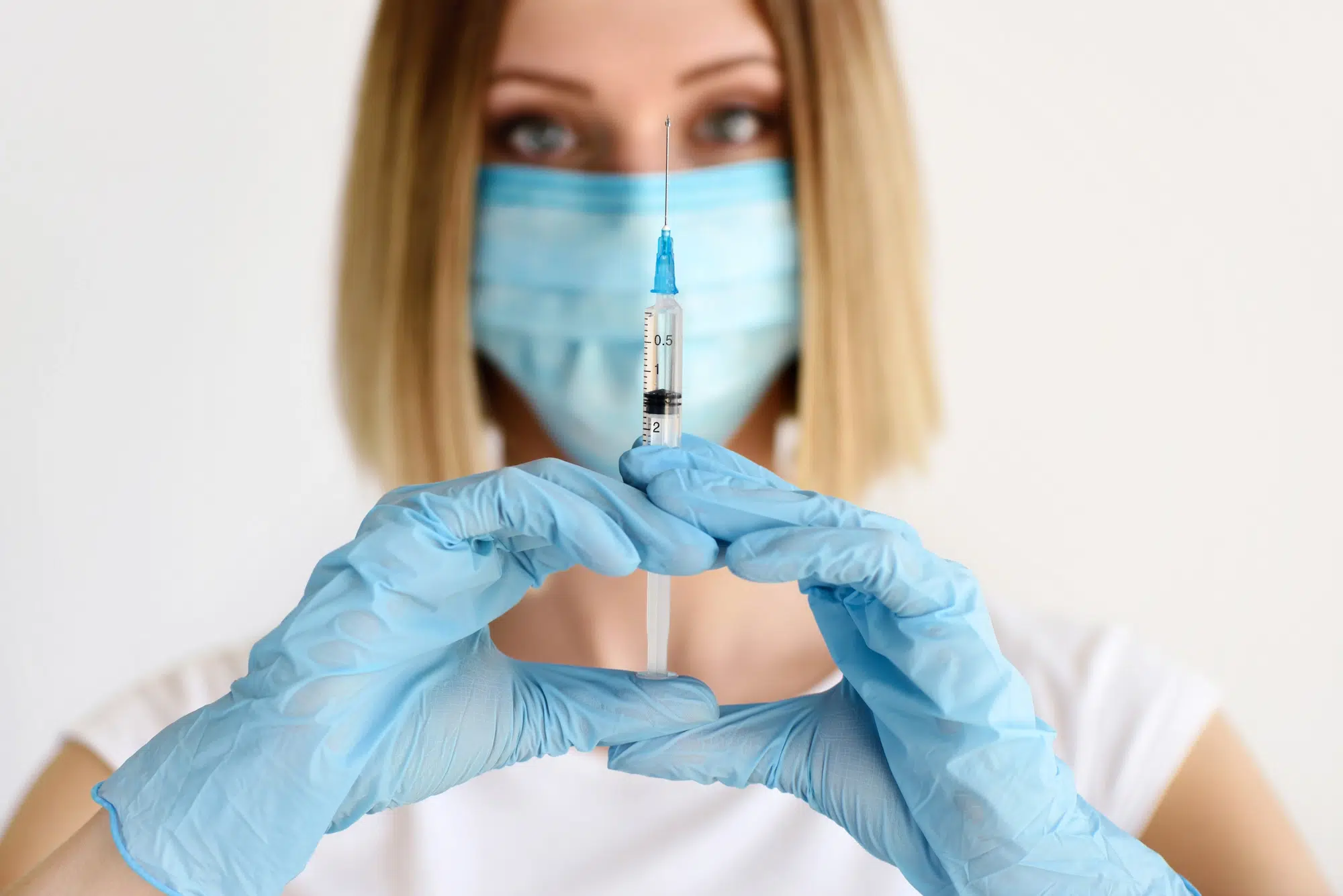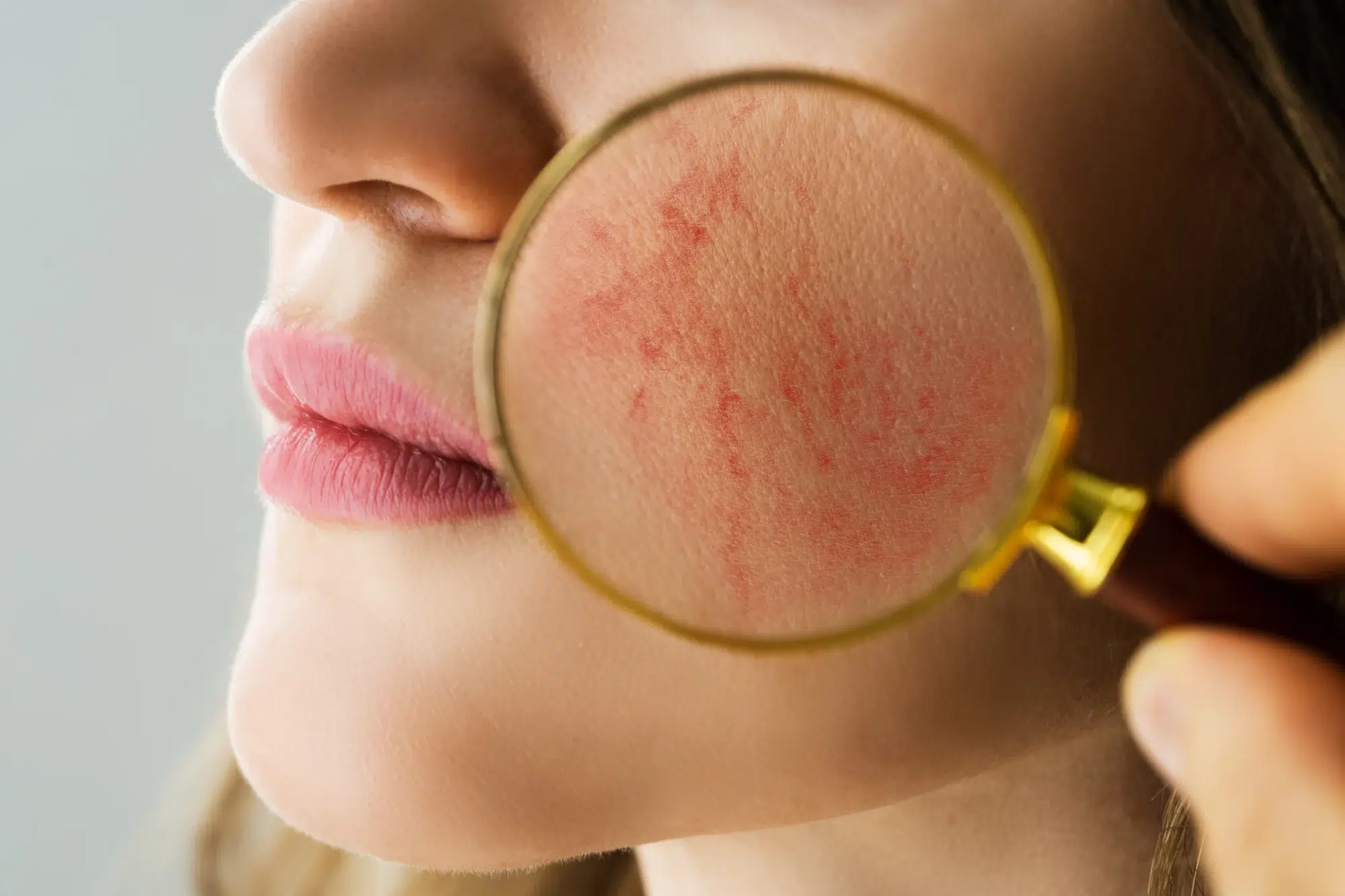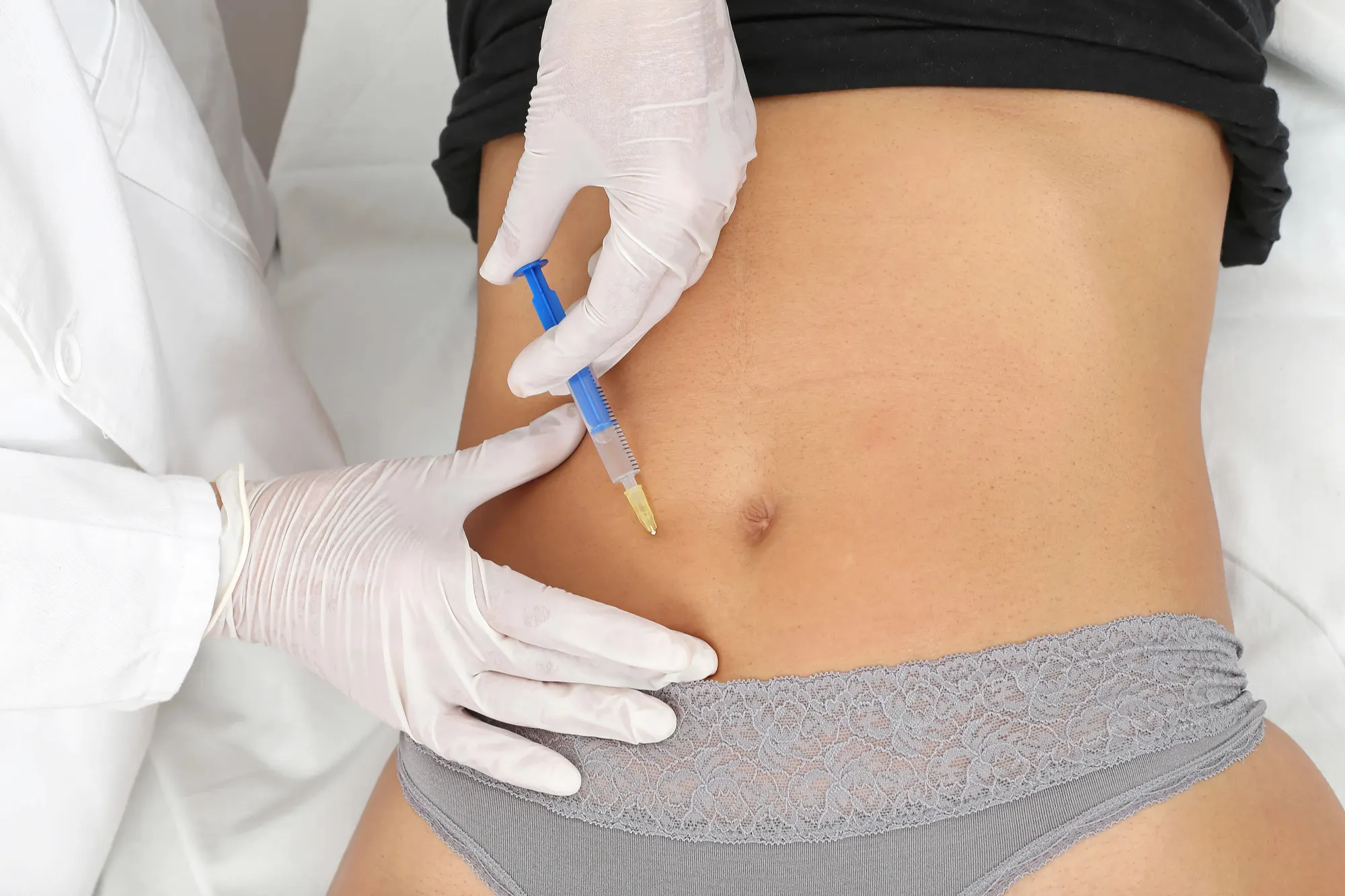From an accidental discovery, through an eye-sight medication, to the hottest product in the world of non-surgical cosmetics, Botox needs no special introduction.
Based on botulinum toxin type A, this product has been a topic of interest for millions of people worldwide and has found its way into pop culture, including “Sex and the City” and similar TV shows.
Today we will look at the latest Botox statistics, examining the growing popularity of this treatment, as well as its various uses and demographics. Continue reading to learn more about the industry around this product.
Botox Usage Statistics
We first need to analyze the current market trends to get the full perspective on how widely accepted Botox is as a cosmetic product. In this section, we will look at the number of procedures performed each year, the frequency of Botox treatments, and the average costs that patients can expect.
1. Plastic surgeons perform 6.2 million Botox procedures annually.
(Statista)
Botox is still the dominant non-surgical aesthetic procedure. According to statistics, it’s in front of hyaluronic dermal fillers, hair removal procedures, and even fat reduction procedures. While this number is several hundred percent higher than at the turn of the century, it’s slightly lower than Botox stats from 2017. That year alone, over 7 million people underwent the procedure.
2. In the United States alone, over 3.6 million people get Botox yearly.
(Statista)
The US continues to be the leading market for neurotoxins, including Botox. Just like it’s dominant on the global scale, Botox is the leading treatment in the US, too, and twice as popular as hyaluronic-based dermal fillers.
3. On average, a single Botox procedure costs $409.
(Statista)
Some good news for patients looking into getting Botox – it’s now among the more affordable cosmetic procedures, especially the nonsurgical ones. For example, getting Botox is more affordable than getting hyaluronic-based dermal fillers, making it an obvious choice for patients on a tighter budget.
4. Regular Botox patients undergo the treatment every four months.
(Advanced Dermatology Center)
Like every cosmetic procedure, Botox doesn’t last forever. If patients want to maintain their youthful look and stay wrinkle-free, they must regularly visit their cosmetic surgeon and redo their Botox treatments. So how often do people get Botox? Every four months, it turns out. But, it’s worth mentioning that patients who regularly do Botox take longer breaks between their treatments.
5. Practitioners inject between 10 and 30 units of Botox per appointment.
(Healthline)
Each part of the face requires a different amount of Botox. On top of that, the patient’s age and state of facial features also dictate how much Botox the injector has to administer during an appointment. For patients who have never had this procedure, standard practice is to start at a lower dosage and then proceed to manufacturer-recommended dosages if the patient is satisfied with the initial effects.
Botox Demographics
We’ve already seen how many people get Botox, and the industry around botulinum toxins is growing exponentially. Let’s then dive deeper and see who are the people who have this procedure done.
6. 79% of surveyed Americans know about Botox or have undergone this treatment.
(Statista)
The American population, specifically women, is well aware of Botox and the procedures involving this product. Only 21% of surveyed people said they have never heard about it, while 15% said they either have done Botox or are planning to. This all shows that the popularity of Botox has never been higher.
7. Among Botox patients, 94% are women.
(American Society of Plastic Surgeons)
It comes as no surprise that Botox is more popular among the female population. After all, most beauty products are. Still, the difference between how many women get Botox and how many men do this procedure is astounding. Botox treatments for men exist and provide as good results as those for women, but their popularity among the male population is still stagnating.
8. Most Botox patients, 57%, are between 40 and 54 years old.
(American Society of Plastic Surgeons)
The average age for Botox patients has been shifting these past several years. Previously, the majority of people that decided to get Botox were in their 30s, but nowadays, the patients are in their late 40s and early 50s. Just 1% of patients are under 30 years old, while patients aged 55 and over comprise 23% of all Botox patients.
9. The majority of Botox patients are Caucasian – 82% of them.
(American Society of Plastic Surgeons)
Another surprising statistic is that very few BIPOC people undergo cosmetic treatments, including Botox injections. The vast majority of patients are Caucasian, while African-Americans and Asian Americans account for 4% of patients each. The Hispanic population accounts for 7% of Botox patients, with other ethnicities accounting for the remaining 3%.
10. 96% of Botox patients say they are satisfied with the results.
(Statista)
Clearly, the more a product is on the market, the more it’s refined, and the more people will be satisfied with it. Over the past few decades, surgeons and medical practitioners have perfected their Botox injection techniques and now provide their patients with near-perfect facelift results.
Botox Facts and History
Despite being around for a few decades, Botox hasn’t always been popular. In fact, for a long time, the public frowned upon the mention of this drug. So, when did Botox become popular, and what can it cure now? Read on.
11. Botox was originally called Oculinum and was used for treating crossed eyes.
(TIME Magazine)
An ophthalmologist actually invented Botox, Dr. Alan B. Scott, who was looking for a cure for the cross-eyed disorder strabismus. In 1978, he introduced the drug Oculinum to the public, and in 1989, the drug became FDA-certified for treating cross-eyedness. Later on, Dr. Scott sold his company to Allergan, who renamed the drug Botox.
12. In 2002, Botox got FDA approval for treating fine lines and wrinkles.
(TIME Magazine)
We could consider this the turning point for Botox, and the moment it became popular. During the 90s, Allergan examined the effectiveness of botulinum toxin in cosmetic procedures. By the time it got its certification, the drug was already making a $310 million annual profit to the manufacturer.
13. Botox treats almost 800 different physical issues, not just cosmetic ones.
(TIME Magazine)
Over the years, a question arose – why do people get Botox? It turns out that the answer to this question is “for pretty much anything.” Botox has been found to cure excessive sweating, back pain, migraines, overactive bladder, neck spasms, and even erectile dysfunction. Nearly every procedure that includes muscle relaxation turned out to be compatible with this drug, allowing doctors around the world to provide relief to their patients in multiple ways.
14. The market value of Botox is $2.2 billion.
(US Securities and Exchange Commission)
Over the past two decades, such massive growth has led to quite a turnover for the manufacturers of botulinum toxin injections. With patients spending more than $2 billion a year on Botox, this procedure now accounts for 10% of all plastic surgery earnings.
15. The most common Botox injection sites are the forehead, chin, and neck.
(Westlake Dermatology)
Facial features are the most commonly treated with Botox. Using this injectable, plastic surgeons can treat anything from crow’s feet and gummy smiles to nasolabial folds. Depending on the treated area, the amount of Botox required for treatment varies from 2 to 4 units up to 50 units.
Conclusion
As you can see, we’re no longer wondering “how common is Botox,” but instead trying to find even more uses for this substance. With massive market growth during the 21st century and affordable prices, Botox is truly the signature drug of this millennium.
FAQ
Is Botox becoming more common?
Yes, this is a certainty. Millions of people around the world undergo treatment with Botox each year, and the drug has been found to have more applications aside from cosmetic treatments. In just the first 15 years of the 21st century, the number of Botox patients had grown by 759%.
What percentage of 30-year-olds get Botox?
Thirty-year-olds aren’t getting Botox as much as their older peers. This demographic accounts for 18% of all Botox patients. People in their forties and early fifties are the most frequent patients.
How many people do Botox a year?
According to the latest Botox statistics, over 6 million people a year do Botox. This number oscillates year-by-year and has reached 7 million at one point, but the number of people interested in this procedure is steadily increasing.
Sources:
Advanced Dermatology Center
https://advanceddermatologyctr.com/
American Society of Plastic Surgeons
https://www.plasticsurgery.org/
Healthline
https://www.healthline.com/
Statista
https://www.statista.com/
TIME Magazine
https://time.com/
US Securities and Exchange Commission
https://www.sec.gov/








